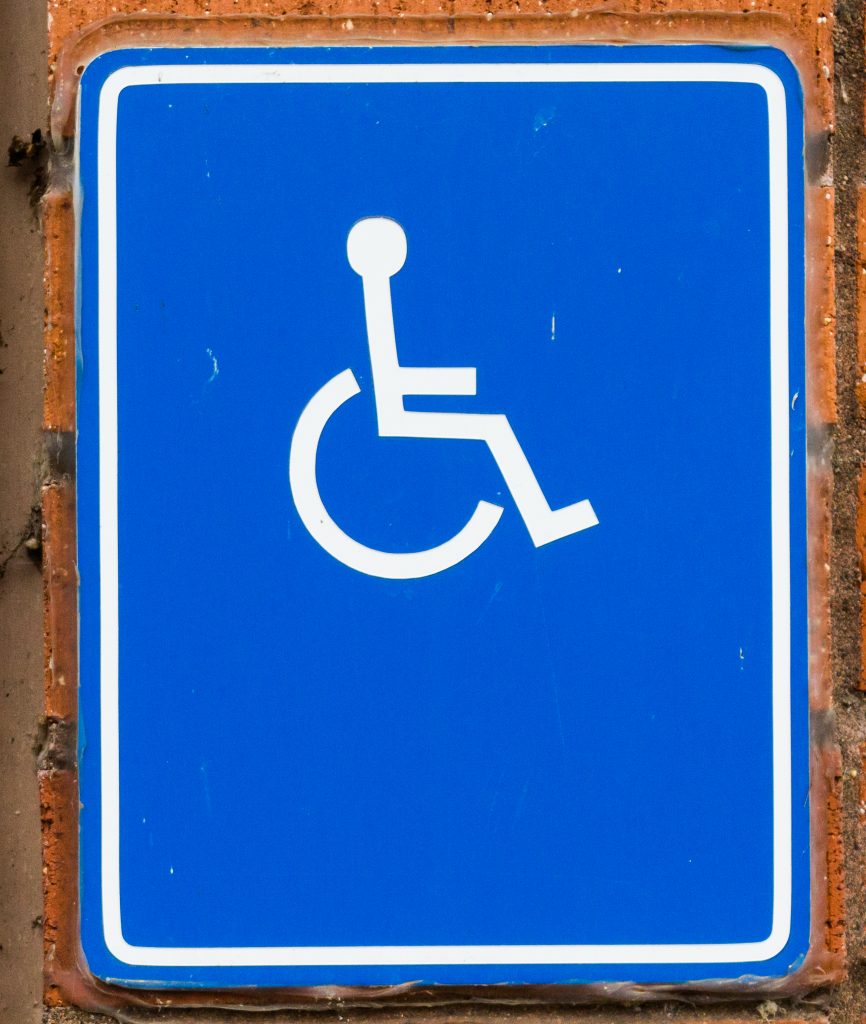
Chrys Weedon | Entertainment Editor
Western Oregon University is privileged enough to have a disability services office that is fairly visible on campus and that is committed to giving students accommodations. The Office of Disability Services offers services such as test proctoring, housing accommodations, note taking services and provides all of the interpreters on campus. The buildings and layout of campus, however, leave accessibility wanting.
Western has existed since 1856, as many of students have heard during their tours and orientations. Although the buildings on campus have gone through various iterations and renovations since then, most of them aren’t accessible to differently-abled students and faculty.
Many buildings have the very basic elements of an “accessible” building, but simply meeting the base requirements does not equal accessibility.
Even the Richard Woodcock Education building — considered one of the most accessible buildings on campus — has its issues. For example, the front doors are automatic, but they open so slowly and irregularly that they rarely make anyone’s life easier. Additionally, you have to be so close to the doors to trip the sensor, they almost whack you in the face on the way in. How is that accessible?
The older buildings on campus present even more accessibility challenges. Many buildings are so old that their elevators and hallways simply aren’t big enough for a wheelchair to fit in comfortably. Several buildings, including Bellamy Hall, are only accessible to differently-abled students around the back of the building, which can cause extra time getting to and from a class. Extra time aside, able-bodied students aren’t limited to using one entrance or exit, so why should the burden be on differently-abled students?
Older residence halls are also not accessible. I lived in Landers Hall as a first-year, and it was difficult for two people to walk past each other in the outdoor stairwells and down the hallways because the paths were too narrow. Barnum and Gentle have the same issue. Landers doesn’t even have an elevator. In fact, many of the older buildings on campus do not have clearly marked elevators or signs indicating how to access them.
I can say with 100 percent certainty that there are even more accessibility issues that I am not aware of because I am privileged enough to not need to use the elevator everyday, or have to worry about how wide a hallway is. I can still see the glaring obstacles in the way of a truly accessible campus.
An institution is not required to make accessibility adjustments if they are considered an undue burden, which means “significant difficulty or expense” according to the ADA website, ada.gov. The undue burden loophole is a way that many businesses and other institutions try to dodge making themselves accessible — I’ve learned all about it in my three years at Western. So theoretically, the accessibility issues that Western has could be brushed off as being an undue burden to fix. However, seeing as the current renovation of Natural Sciences is budgeted around $6 million, which can be found through a google search on the university website, I don’t think Western as an institution can claim that it is out of their means to fix the issues they have.
For more information about parts of Western that aren’t accessible and parts that are, students can attend a tour through the Office of Disability Services Wednesday, Feb. 27 from 12-1 p.m. The tour is led by student Vanessa Rice and is meeting in the Willamette room the the Werner University Center.
Contact the author at cweedon16@wou.edu
Photo courtesy of Ashlynn Norton

